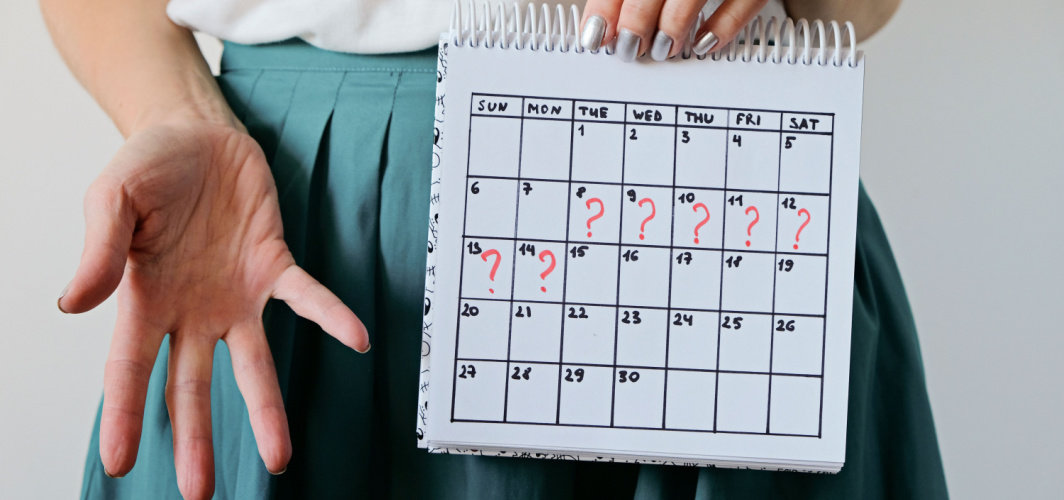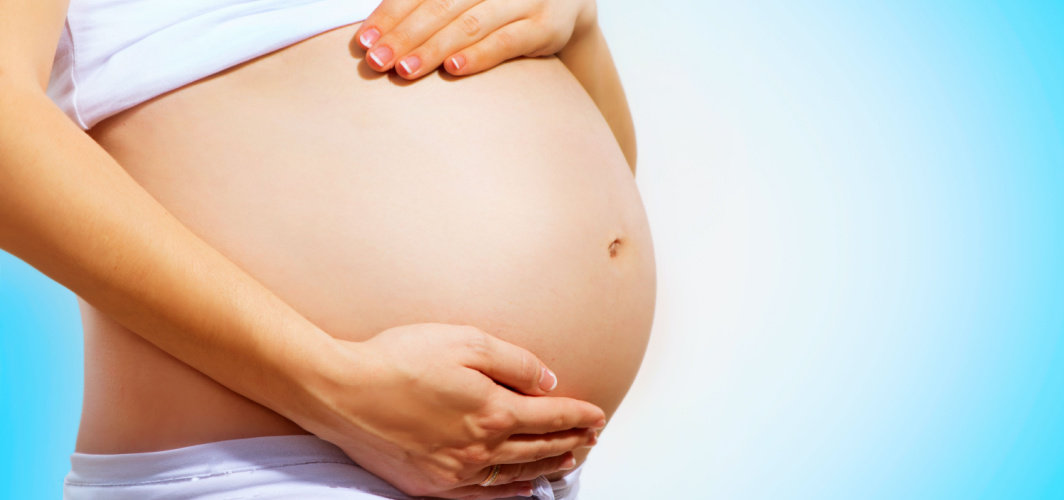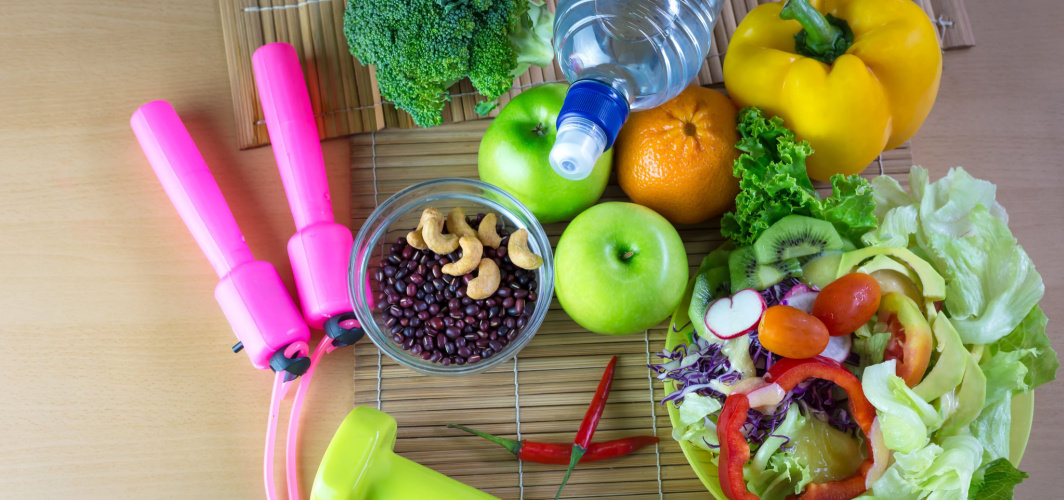- Home
- Blog
- Women Care
What Are The Early Symptoms Of Breast Cancer?
Women Care
What Are The Early Symptoms Of Breast Cancer?
By Apollo Pharmacy, Published on- 18 July 2023
Share this article
0
0 like

Breast cancer is the most commonly reported cancer in women across the world. It happens when the cells in the breasts start growing unchecked. Often, the main sign is a lump that can be felt in the breast or under the arm. The lump usually doesn't cause any pain but must be checked immediately if noticed. Regular mammogram screenings are recommended as they help find breast cancer early, even before a lump can be felt. Awareness of the signs of breast cancer and seeking medical attention timely can significantly improve your chances of fighting it.
What is Breast Cancer?
Breast cancer starts in your breast tissue and occurs when the cells change and grow out of control to form a mass of tissue called a tumour. Cancer can happen in three parts of the breast: lobules, ducts and connective tissue.
The lobules function as milk-producing glands, while the ducts serve as channels that transport the milk to the nipple. These structures are surrounded and supported by connective tissues, comprising fibrous and fatty tissue. These tissues play a vital role in maintaining the integrity of the breast.
Like various cancers, breast cancer can also travel & spread to other body parts. This is called metastasis.
Early Symptoms of Breast Cancer
The early symptoms to be vigilant about include:
1. Lump or Thickening of Skin
One common early sign of breast cancer is feeling a lump or thickening in the breast tissue or underarm area. These lumps may feel distinct in texture and size from the breast tissue.
2. Changes in Breast Size or Shape
This can include an increase or decrease in breast size, differences between the breasts, or changes in how the breast looks or feels.
3. Nipple Changes
It may involve the nipple turning inward or retracting instead of pointing outward. Other concerning nipple changes include discharge, especially if it is bloody or happens without any stimulation, as well as scaling, crusting, or persistent itching around the nipple.
4. Skin Changes
Your skin might appear red or inflamed, resembling a rash or irritation. Additionally, you might notice dimpling or puckering of the skin, similar to the texture of an orange peel. This skin changes breast cancer symptoms can occur because cancer cells pull on the breast tissue's ligaments.
5. Persistent Breast or Nipple Pain
While breast cancer is not typically associated with pain, it can sometimes be a symptom. The pain can vary in intensity and may affect one or both breasts. It's important to differentiate between breast pain related to hormonal changes and ongoing pain that doesn't go away.
Remember, experiencing these symptoms doesn't automatically mean you have breast cancer. Many benign conditions can also cause similar signs and symptoms. However, consult a healthcare professional for further evaluation if you notice any of these early symptoms.
Less common symptoms include:
- Swelling or a lump in the collarbone or neck area may indicate the spread of breast cancer to nearby lymph nodes.
- Enlarged lymph nodes, particularly in the armpit or above the collarbone, can indicate that breast cancer has spread beyond the breast tissue.
- Changes in breast symmetry mean one breast becomes noticeably different in size or shape from the other, which may indicate underlying breast cancer.
- Unexplained weight loss, especially if significant and unrelated to diet or exercise, can be a less common symptom of advanced breast cancer.
Types of Breast Cancer
There are several different types of breast cancer, including:
- Infiltrating Ductal Carcinoma: This breast cancer starts in the milk ducts and spreads to the surrounding breast tissue.
- Ductal Carcinoma In Situ: Also known as Stage 0 breast cancer, this condition involves abnormal cells in the milk ducts but doesn't spread to other parts of the body.
- Infiltrating Lobular Carcinoma: This breast cancer begins in the lobules (section of the breast) that produce breast milk and spreads to nearby breast tissue.
- Lobular Carcinoma In Situ: It is a precancerous condition in which abnormal cells are present in the breast lobules.
- Triple Negative Breast Cancer (TNBC): TNBC is a difficult-to-treat type of breast cancer that lacks specific markers, which are commonly found in other types.
- Inflammatory Breast Cancer: This type of cancer causes redness, swelling, pitting, and dimpling of the breast skin due to cancer cells blocking lymph vessels.
- Paget's Disease of the Breast: It affects the skin of the nipple and areola, causing changes and abnormalities.
- Angiosarcoma: This rare type of cancer forms in the blood or lymph vessels lining.
- Phyllodes Tumors: These uncommon tumours begin in the connective tissue and are usually non-cancerous, but in some cases, they can be cancerous.
It is recommended to do self-examination and regular mammogram tests to catch the cancer symptoms early.
Common Causes of Breast Cancer
Experts don't know the exact reasons, but there are risk factors that cause breast cancer:
- Age: Being 55 or older increases the chances of developing breast cancer.
- Sex: Women are more likely than men to get breast cancer. (Yes, men can also get breast cancer).
- Family history and genetics: If your close family members (parents, siblings, children) have had breast cancer, your risk of developing it is higher.
- Obesity: Being overweight increases the risk of breast cancer and its recurrence.
- Radiation exposure: Previous radiation therapy, especially to the head, neck, or chest, can raise the risk of breast cancer.
- Hormone replacement therapy: Using hormone replacement therapy (HRT) can increase the risk of being diagnosed with breast cancer.
Risk Factors for Breast Cancer
Several factors can increase the risk of breast cancer:
- Lack of physical activity
- Being overweight or obese after menopause
- Use of hormone therapy
- Reproductive history
- Excessive alcohol consumption
- Smoking
- Benign breast conditions
How is Breast Cancer Diagnosed?
Some of the recommended screening guidelines are:
1. Mammograms
Mammograms are X-ray examinations of the breast and are the most common screening tool. For most women, it is recommended to start regular mammogram screenings between the ages of 45 and 50.
2. Clinical Breast Examinations (CBE)
A healthcare professional performs Clinical breast examinations of the breasts. CBEs are usually done in conjunction with mammograms. Starting in their 20s, women should have a clinical breast examination every three years. After the age of 40, CBEs should be conducted annually.
3. Breast Self-Examination (BSE)
This is not recommended as a stand-alone screening method. However, it is still valuable for women to be familiar with their breasts and promptly report any changes to their healthcare provider.
Here are the steps to performing a simple self-breast exam at home:
Step 1: Remove clothes from the upper half of the body and stand in front of the mirror. Keep your hands on the hips, and then raise them high overhead and lastly, rest them at the back of your head. Look for any change in the size, shape and colour of the breast in all three postures.
Step 2: Use the pad of the first three fingers of your left hand to examine the right breast. Using a circular motion, press every part of the breast with firm pressure. Look for any lumps, hard spots or discharge while pressing the breast. Also, press the tissue under the armpit to check for any swollen nodes. Repeat the same motion with the finger pads of the right hand to examine the left breast.
Step 3: Now lie down flat on your back to spread the breast tissue evenly. Repeat the same motion to detect any changes in both breasts.
Step 4: Do not forget to check the areola (the dark area around the nipples). Lastly, squeeze the nipples gently to check for any discharge.
When to Consult a doctor?
Knowing when to seek medical attention is crucial for breast health. Here are some guidelines:
1. See a healthcare provider for evaluation if you notice a new breast lump, thickening, or any unusual changes in your breasts or underarm area.
2. If you experience changes in breast size, shape, or texture, or if you notice changes such as inversion, discharge, scaling, or itching.
3. If you observe any redness, dimpling, puckering, or an orange peel-like texture on your breast skin, seek medical advice.
4. Although breast pain is often not associated with breast cancer, if you have persistent breast or nipple pain that does not go away, seek breast cancer screening.
Treatment for Breast Cancer
The treatment of breast cancer mostly depends on the kind of cancer and how far it is spread.
1. Surgery
An operation in which the cancerous tumour and surrounding cancerous tissue are removed. There are two types of surgeries:
- Breast-conserving surgery, which removes the tumour while keeping the breast intact.
- Mastectomy, which involves the removal of the entire breast tissue, sometimes along with nearby lymph nodes.
2. Radiation therapy
This type uses high-energy X-rays to kill cancer cells. It is given after or before surgery to eliminate remaining cancer cells or to shrink tumours.
3. Chemotherapy
Various drugs are used in this type of treatment to kill cancer cells throughout the body. Chemotherapy can be given through injections or pills.
4. Hormone therapy
It is used for hormone receptor-positive breast cancers. It blocks the cancer cells from getting the hormone it needs to grow. Medications like selective estrogen receptor modulators (SERMs) or aromatase inhibitors are used.
5. Targeted therapy
This treatment specifically targets certain types of breast cancer cells. Drugs are used to attack specific molecules or receptors in cancer cells. For example, targeted therapies like Herceptin or Pertuzumab are used for HER2-positive breast cancers.
How to Prevent Breast Cancer?
Due to the uncertain cause of breast cancer, complete prevention remains elusive. Nevertheless, various strategies may assist in reducing the risk of developing this condition:
1. Genetic counselling: Women with a family history of breast cancer can seek guidance from a genetic counsellor to assess the need for breast cancer screening.
2. Yearly breast screening: Women aged 35 and above should undergo mammograms annually, enabling the early detection of abnormal breast changes.
3. Consume a balanced diet: Some evidence suggests that a diet rich in fruits, vegetables, and dairy products, while low in fat, red meat, and sugary foods, may help lower the risk of breast cancer.
4. Regular exercise: Women should maintain a healthy weight, particularly after menopause, by engaging in moderate-intensity exercises such as brisk walking, swimming, or cycling for at least 3 to 5 hours per week.
5. Limit alcohol consumption: While quitting alcohol altogether would be best, women who choose to drink should not exceed one drink per day.
6. Perform self-breast exams: Regular self-examination of the breasts can aid in the early identification of any concerning changes, potentially improving survival rates.
You can also ensure complete well-being with women-specific, Nutritional Supplements
FAQs
Q. Are all breast lumps cancerous?
No, not all breast lumps are cancerous. Many lumps are benign, such as cysts or fibroadenomas. It's important to get any new lump evaluated by a healthcare professional.
Q. When should I start getting mammograms?
The recommended age to start mammograms varies, but most guidelines suggest beginning between the ages of 40 and 50, depending on individual risk factors.
Q. How often should I get mammograms?
The frequency of mammograms mostly depends on the age and risk factors. Generally, they are recommended every 1 to 2 years for women aged 50 and above.
Q. Can men get breast cancer?
Yes, although rare, men can develop breast cancer, but it’s less than 1% of all breast cancer cases.
Q. What are the treatment options for breast cancer?
Treatment options include surgery, radiation therapy, chemotherapy, hormone therapy, and targeted therapy, often combined.
Medically reviewed by Dr Sonia Bhatt.
Services
Women Care
Leave Comment
Services
Recommended for you

Women Care
Have You Missed Your Periods Lately? These Can Be The Reasons!
While several reasons can result in missed periods, the major ones include stress, pregnancy, hormonal changes, and lifestyle choices. Leading a healthy lifestyle and timely consultations with a gynaecologist can help in ensuring a steady menstrual cycle.

Women Care
5 Myths About Pregnancy You Must Stop Believing Right Away!
Pregnancy is a transformative time in any woman’s life. However, this transition often gets difficult due to the numerous myths and misconceptions surrounding pregnancy. his article covers the top 5 pregnancy myths and the facts behind them.

Women Care
PCOS Diet Plan and Exercises to Lose Weight
Polycystic ovary syndrome (PCOS) has become a widespread health issue worldwide and can make it quite difficult for women to lose weight. There are certain diet plans and exercises you can follow to lose weight with PCOS.
Subscribe
Sign up for our free Health Library Daily Newsletter
Get doctor-approved health tips, news, and more.

